Research
Our synthetic organic research is currently focused on chemical approaches to break down waste PVC and waste polybutadiene, to form valuable commodity chemicals that can be upcycled for new uses. We have recently developed multiple approaches to form non-migratory plasticizers to replace phthalates, a pervasive class of Endocrine Disrupting Compounds. Much of the work involves reactions involving free radical intermediates, such as the synthesis of designed nitroxides for the preparation of specialized polymers for applications in nanotechnology, and as sensors via fluorescence quenching. We have synthesized new nitrones as spin traps. We are also engaged in the development of new synthetic methodologies. Many of our projects are collaborations with colleagues at UC Santa Cruz, across the U.S., and around the world.
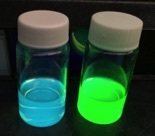
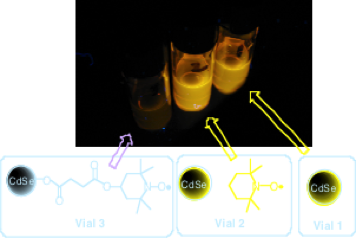
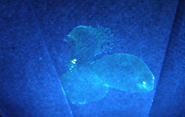
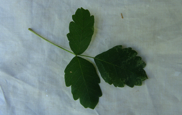
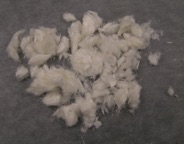
α-H Nitroxides to Prepare Tailored Polymers for Applications in Nanotechnology
• Stereochemistry of Prochiral Radicals coupling with Chiral Nitroxides
(the genesis of TIPNO in Nitroxide-Mediated “Living” Free Radical Polymerization)
• Designed Nitroxides to Prepare Tailored Polymers for Applications in Nanotechnology
Polymer Chain End Functionalization
Bidirectional Initiators
Cyclic Polymers
• Designed Nitroxides for NMP in scCO2 (collaboration with Fawaz Aldabbagh and Carlos Elvira
Nitroxides as Fluorescence Quenchers
• Nitroxides bonded to organic dyes
• Nitroxides ligated to “Quantum Dots”
• Profluorescent Nitroxides as Sensors
Detection of Urushiol from Poison Oak/Ivy/Sumac
Thermally sensitive profluorescent nitroxides
Development and Synthesis of Nitrone Spin Traps
(collaboration with Eric Walter at Pacific Northwest National Laboratory)
• Radical [n+1] Cyclizations with SO2
• Acyl Radical Cyclizations
• Synthesis of Alkoxyamines

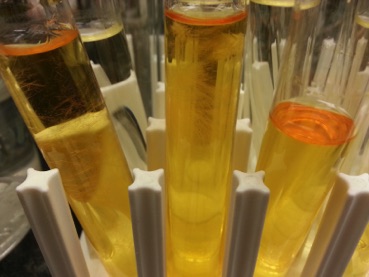
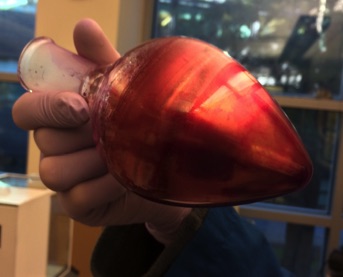
Non-migratory phthalate mimics and other plasticizers
• Nitroxide-mediated polymerization of vinyl phthalate monomers
• Azide displacement of chloride on PVC; Huisgen cycloaddition to give phthalate mimics
• Copolymerization of monomers bearing phthalate mimics to give macromolecular plasticizers
• ATRP of select polyacrylates from defect sites inherent in PVC, to give graft co-polymers

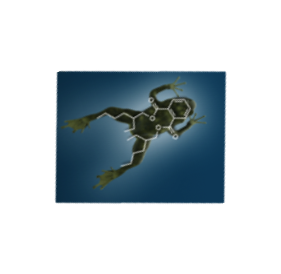
Upcycling PVC and Polybutadiene Waste
Millions of tons of waste plastic end up in our land, air and waterways each year. There is a tidal wave of plastics contaminating our environment. PVC is the 3rd largest commodity plastic produced, but it is NOT effectively recycled nor turned into fuel/energy.
We are developing an innovative approach towards using waste PVC and waste polybutadiene (PBD) as a renewable resource to lower the environmental impact of our current plastics emergency. Our aim is to recapture the carbon resources locked in discarded plastic polymer chains for the well-being of future generations of life on Earth.

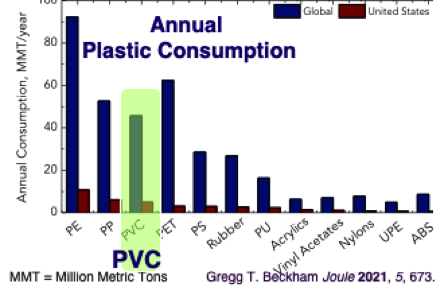
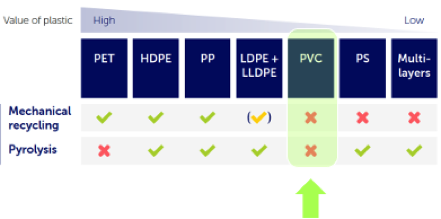
Enter Text
Enter Text
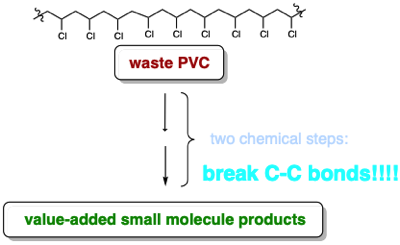
Our Goal: to harvest the carbon-rich resource of PVC and PBD waste to make commodity chemicals, instead of utilizing precious petrochemicals sources.
This strategy will mitigate a small part of the monumental Plastic Waste catastrophe, while providing an earth friendly source of commodity chemicals towards a Circular Economy.
